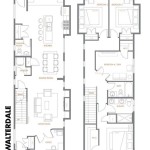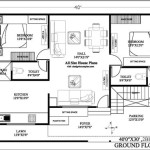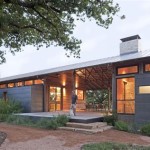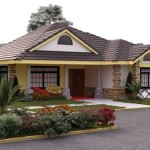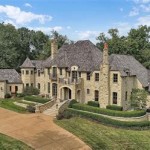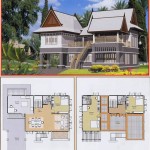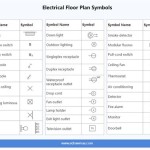Filipino Style House Plans: Essential Aspects
Filipino homes are renowned for their unique blend of traditional and modern architectural styles. When designing a Filipino-style house, it is crucial to consider the essential aspects that define this distinctive aesthetic. This article delves into the key elements that should be incorporated to create an authentic and inviting Filipino-style home.
1. Open and Airy Layout
Filipino homes are typically designed with open and airy layouts that promote natural airflow and create a sense of spaciousness. Large windows and open porches are common features that allow for ample natural light and ventilation. This open concept fosters a sense of connection with the outdoors and makes the home feel inviting and comfortable.
2. Gable Roofs
Gable roofs are a defining characteristic of Filipino-style houses. These roofs feature two sloping sides that meet at a ridge, creating a triangular shape. Gable roofs are not only visually appealing but also practical, as they shed water effectively during heavy rainfall. They are often adorned with decorative elements such as finials or vents, adding to the aesthetic charm of the house.
3. Front Porch
A front porch is an essential feature of a Filipino-style house. Known as the "bahay-kubo" porch, it serves as an extension of the living space and is often used for relaxing, socializing, or entertaining guests. The porch is typically protected by a canopy or awning to provide shelter from sun or rain, and may be adorned with balustrades or other decorative elements.
4. Window Styles
Windows in Filipino-style houses are typically large and feature intricate designs. Capiz shell windows are a popular choice, providing a unique and decorative touch. These windows are made from thin, translucent shells that allow light to filter through while creating a distinctive and eye-catching aesthetic. Other window styles include sliding glass doors, bay windows, and picture windows.
5. Native Materials
Filipino-style houses often incorporate native materials such as bamboo, wood, and thatch. Bamboo is used for walls, flooring, and ceiling panels, adding a natural and eco-friendly touch to the home. Wood is commonly used for structural elements such as beams and rafters, while thatch is often employed for roofing. These materials not only add to the aesthetic appeal but also contribute to the sustainability and durability of the house.
6. Feng Shui Principles
Feng Shui, the ancient Chinese practice of arranging elements to promote harmony and balance, is often incorporated into Filipino-style house plans. The orientation of the house, placement of furniture, and flow of energy are carefully considered to create a living space that is both aesthetically pleasing and conducive to well-being.
7. Tropical Garden
Filipino homes often feature tropical gardens that complement the open and airy architecture. These gardens are typically lush and vibrant, with a variety of plants, trees, and flowers. They provide a relaxing and inviting outdoor space where families and guests can enjoy the beauty of nature. Common garden features include water features, stone pathways, and seating areas.
Conclusion
Filipino-style house plans embody a harmonious blend of traditional and modern architectural elements. By incorporating open layouts, gable roofs, front porches, intricate window designs, native materials, Feng Shui principles, and tropical gardens, you can create an authentic and inviting Filipino-style home that reflects the rich culture and heritage of the Philippines.

Small House Designs Shd 2024001 Pinoy Eplans Es Design Affordable Plans

Free Lay Out And Estimate E Bungalow House Floor Plans Simple Designs

Modern Pinoy House Plans And Design Ideas

Single Y 3 Bedroom House Plan Pinoy Eplans

Home Pinoy House Plans

E Bungalow House Design Es Pictures

Filipino House Designs And Plans E

Small House Designs Shd 2024001 Pinoy Eplans

Popular House Designs Es

Cecile One Story Simple House Design Pinoy Plans

